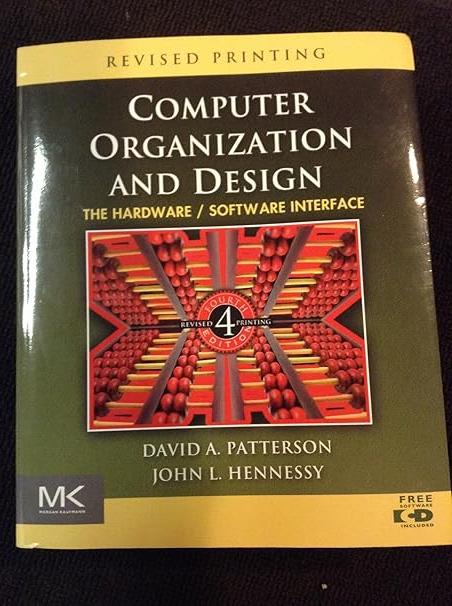Compare cost/performance ratios for the two circuits you designed in 4.5.1 and 4.5.2. For this problem, performance
Question:
Compare cost/performance ratios for the two circuits you designed in 4.5.1 and 4.5.2. For this problem, performance of a circuit is the inverse of the time needed to perform a 32-bit operation.
Problem 4.5.1
Design a circuit with 1-bit data inputs and a 1-bit data output that accomplishes this operation serially, starting with the least-significant bit. In a serial implementation, the circuit is processing input operands bit by bit, generating output bits one by one. For example, a serial AND circuit is simply an AND gate; in cycle N we give it the Nth bit from each of the operands and we get the Nth bit of the result. In addition to data inputs, the circuit has a Clk (clock) input and a "Start" input that is set to 1 only in the very first cycle of the operation. In your design, you can use D Flip-Flops and NOT, AND, OR, and XOR gates.
Problem 4.5.2
Repeat 4.5.1, but now design a circuit that accomplishes this operation 2 bits at a time.
In the rest of this exercise, we assume that the following basic digital logic elements are available, and that their latency and cost are as follows:
The time given for a D-element is its setup time. The data input of a lip-lop must have the correct value one setup-time before the clock edge (end of clock cycle) that stores that value into the lip-lop.
Step by Step Answer:

Computer Organization And Design The Hardware Software Interface
ISBN: 9780123747501
4th Revised Edition
Authors: David A. Patterson, John L. Hennessy





